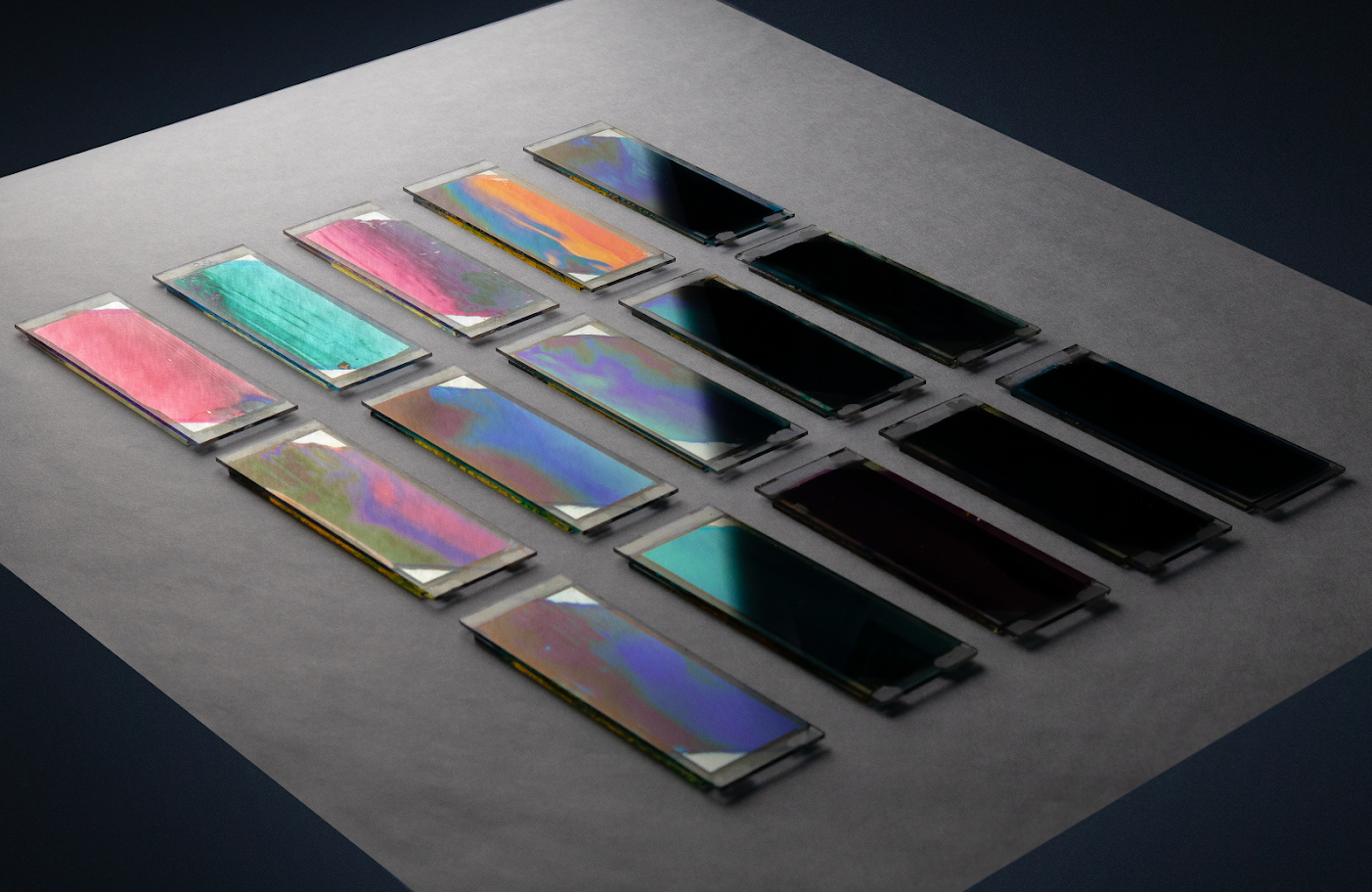Predicting the photocurrent–composition dependence in organic solar cells
Times cited: 42
Rodríguez-Martínez, X, Pascual-San-José, E, Fei, Z, Heeney, M, Guimerà, R, Campoy-Quiles, M.
Energy Environ. Sci.
14
,
986
(2021).
The continuous development of improved non-fullerene acceptors and deeper knowledge of the fundamental mechanisms governing performance underpin the vertiginous increase in efficiency witnessed by organic photovoltaics. While the influence of parameters like film thickness and morphology are generally understood, what determines the strong dependence of the photocurrent on the donor and acceptor fractions remains elusive. Here we approach this problem by training artificial intelligence algorithms with self-consistent datasets consisting of thousands of data points obtained by high-throughput evaluation methods. Two ensemble learning methods are implemented, namely a Bayesian machine scientist and a random decision forest. While the former demonstrates large descriptive power to complement the experimental high-throughput screening, the latter is found to predict with excellent accuracy the photocurrent–composition phase space for material systems outside the training set. Interestingly, we identify highly predictive models that only employ the materials band gaps, thus largely simplifying the rationale of the photocurrent–composition space.
Media coverage
